HOSTS- Jeremy Burns, Matthew Scott Phillips
TYPE- Theory
DURATION- 52:57
BUMPER MUSIC- "Tuesday's Here" (Area 47 Music)
ANNOUNCER- Mike Cunliffe
Transposition, the act of changing a piece of music to a different key or mode, can be one of the most useful tools any musician can have in their kit.
In this episode, we will discuss diatonic and chromatic transposition, as well as when and why we use them. We will also have a discussion on transposing instruments, instruments that sound out different notes then what is written on paper. It's time to change it up a bit! It's time for transposition!

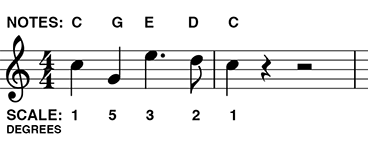
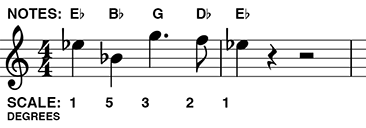

Similarly to changing the key signature, If you change the clef of a staff, It will transpose a melody.
Here we have the first 2 measures of "Ode To Joy" (Ludwig Van Beethoven), in the key of A major. This melody starts on the 3rd (C#), ascends to the 5th (E) and falls again to the root (A).
This time we will transpose the melody up a MAJOR 2nd (M2) so that it's rooted on the 2nd scale degree of A major (B).
You see no accidentals because we kept all the notes in the key of A major. The contour is identical but it will sound quite different if you play it. This is because it is now rooted in B DORIAN. The key signature has remained untouched.

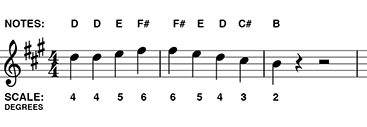
1. FIND A SONG YOU LIKE AND LEARN IT'S CHORD PROGRESSION
Here's a chord progression in the key of A major:
CHORDS: A - E - F#m - D
2. TRANSLATE THE CHORDS INTO THEIR DIATONIC NUMBERS
Try to focus less on the chord "letter" names and more on the chord "number" names. So:
A - E - F#m - D = I - V - vi - IV
3. FIND THE NEW KEY YOU WANT TO PLAY THE PROGRESSION IN
Let's TRANSPOSE this one to the key of G,
a whole step down.
4. TRANSLATE THE NEW FOUND DIATONIC NUMBERS BACK INTO THE CORRESPONDING CHORDS OF THE NEW KEY
I - V - vi - IV = G - D - Em - C

Instruments that play the note that is written are referred to as "C" instruments.
HERE ARE SOME COMMON C INSTRUMENTS
VIOLIN
VIOLA
CELLO
CONTRA BASS
BASS GUITAR
GUITAR
MANDOLIN
BANJO
DOBRO
PIANO
ORGAN
HARPSICHORD
FLUTE
WHISTLE
PICCOLO
OBOE
BASSOON
TROMBONE
C TRUMPET
EUPHONIUM
TUBA
TIMPANI
STEEL DRUMS
VIBRAPHONE
XYLOPHONE
-Transposition is a very handy skill set when working with other musicians and other instruments.
-A good ear training knowledge of the DIATONIC CHORDS will give you a great advantage when using your ears as your transposition tools.
-Some stringed instruments can be transposed up by clamping a capo down on their frets.
-Most notation software allows for transposing via a "transpose button" or by "clicking and dragging" the notes up or down on the staff.
-Challenge yourself by transposing a song you already know. Use unfamiliar keys and chords your not well versed in!
